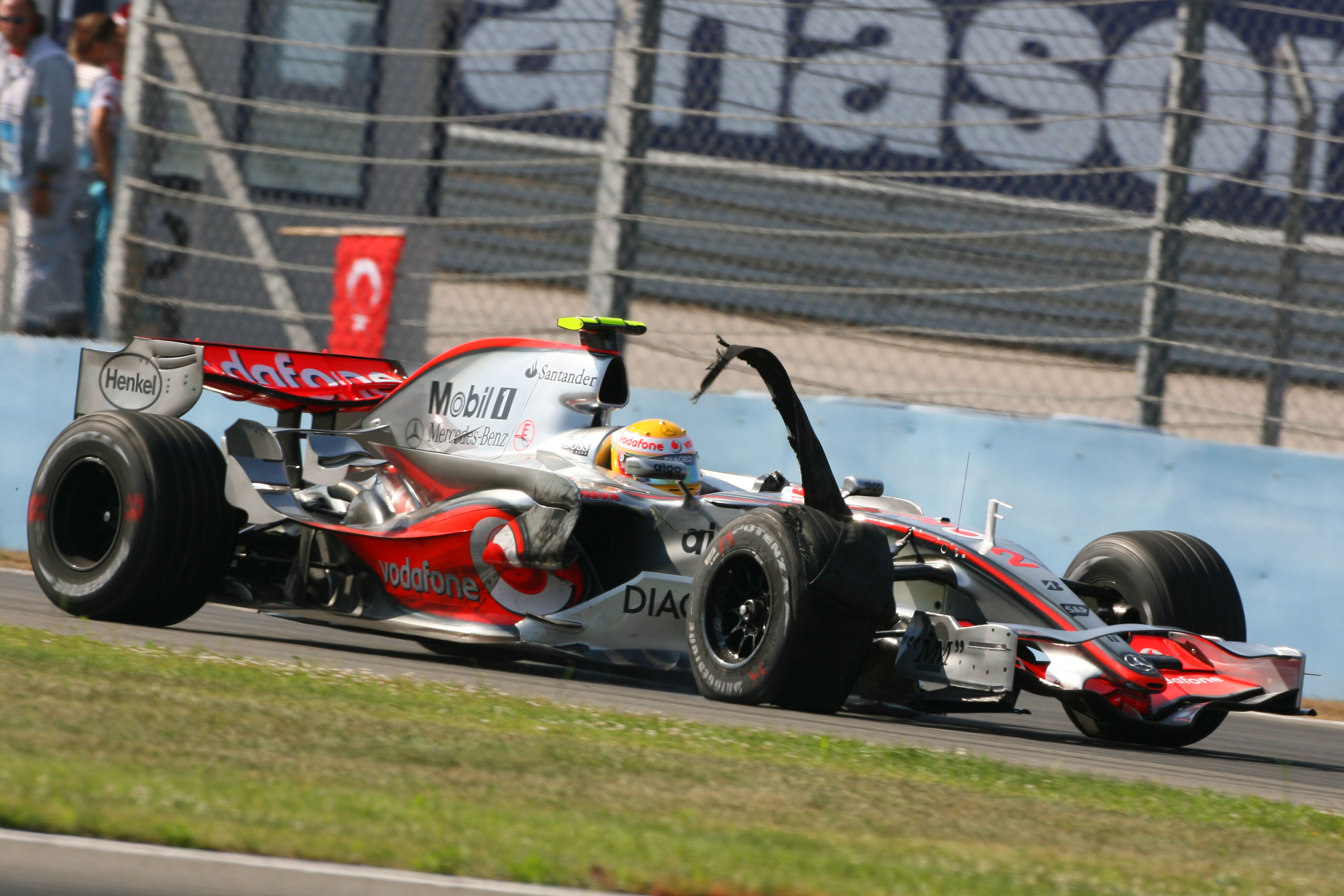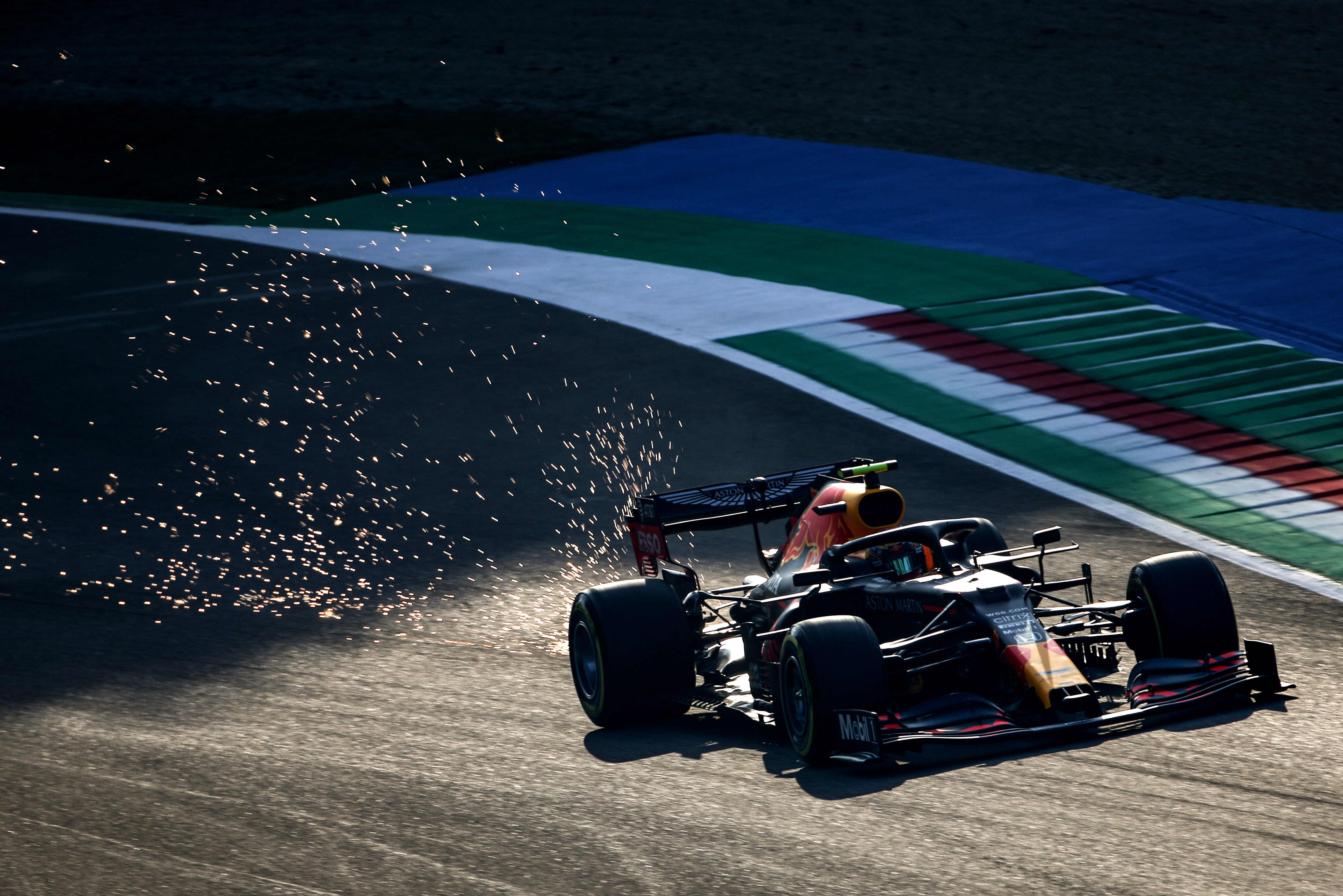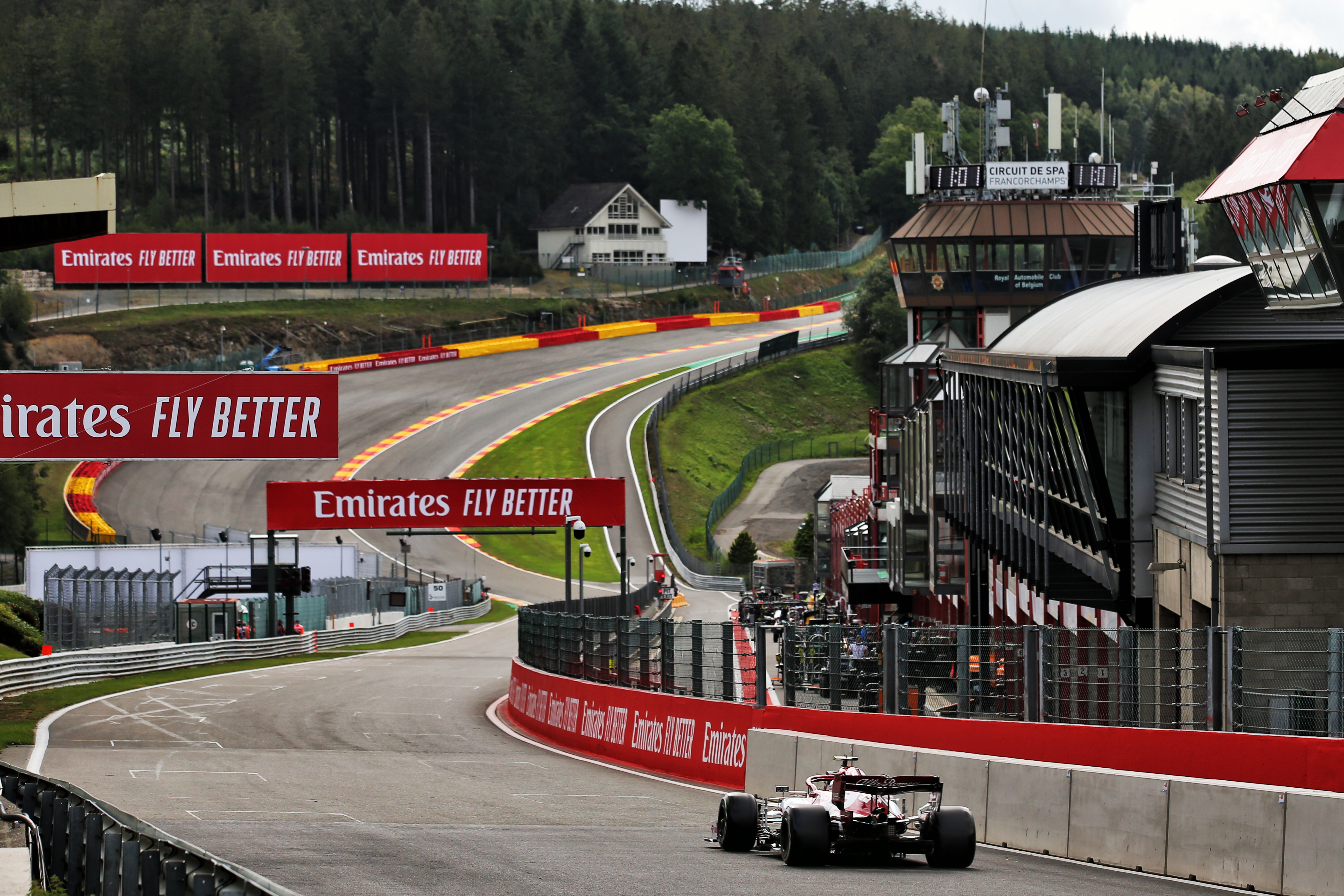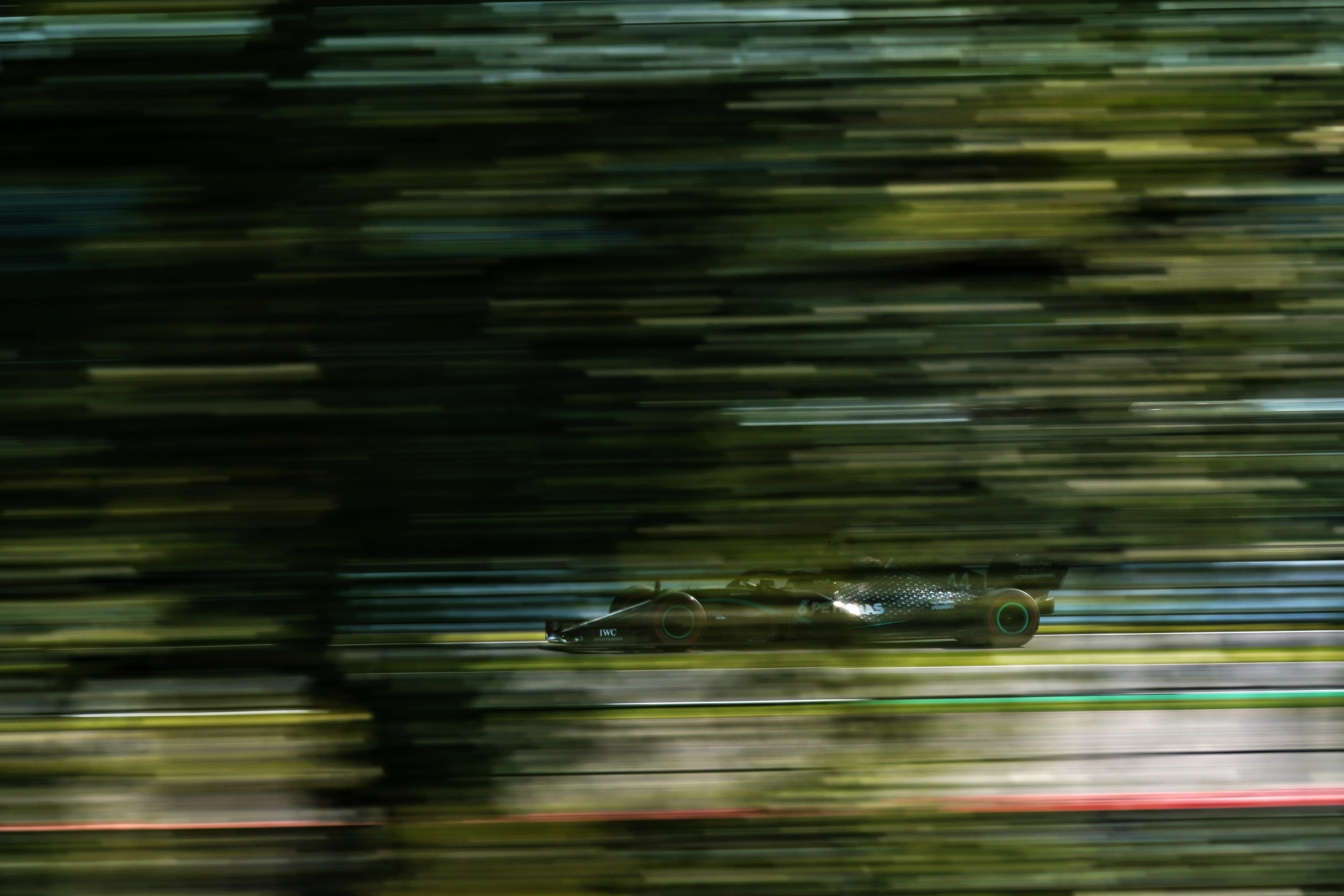Up Next

As Formula 1 returns to Istanbul Park this week for the first time in nine years, the prospect of the super-fast, super-long, four-apex Turn 8 looms like some returning monster to be conquered all over again.
It’s not so much that it will be difficult for the drivers – the simulations suggest it will be flat-out.
But the loads it imposes on the car, in particular the right-front tyre, are extreme.
When F1 last visited, the long, looping left-hander of the anti-clockwise circuit was entered at around 155mph in sixth gear and the cars would grind through there for around five seconds, trailing plank dust in their wake. With steering lock applied for so long at such speeds, the strain on the front-right tyre was immense.

In the 2007 race Lewis Hamilton’s right-front failed there – and led Bridgestone to strengthen the shoulder of its 2008 tyre.
That just shifted the problem to the sidewall at Istanbul – and again it was Hamilton who discovered the problem first, who was putting more load on the tyre than anyone else.
Returning to Imola after a gap of 14 years really brought home the shocking way the cars have changed the challenge of the track
Signs of imminent failure of his front-right sidewall in practice led Bridgestone to advise a limit on the number of laps he did on each set – which obliged him to do a slower three-stop strategy on his way to second place, while those around him were able to do the race on two.
The 2020 F1 cars are of course immensely faster than those which last raced around here. The 2020 revisiting of old tracks has put the vastly increased performances into sharp perspective. The cars have way more downforce, power and torque than when F1 was last at these places.

On circuits which have been a regular year-on-year part of the F1 calendar, the vast performance increase – particularly since the advent of the 2017 wide body cars – has been less evident, as we have seen a progressive creeping up of those speeds for one year to the next.
But returning to Imola after a gap of 14 years really brought home the shocking way the cars have changed the challenge of the track. In many corners the driving challenge has shifted from controlling the car to simply guiding it.
“The cars are like fighter jets around here,” said Hamilton at Imola. “The speed that we’re doing from Turn 2 [mid-Tamburello] onwards, it’s really intense.
“The lap is just non-stop, medium-high speed. The grip is very, very high and so, naturally, the faster you’re going, the harder it is to be inch-perfect.”
“It’s visually hard to register what is happening and to keep up,” said Lando Norris. “You turn in and hope for the best.”
“This is why there were problems with track limits,” says Romain Grosjean. “In the car you’re thinking ‘I am on track, I know it’.
“But you look at the video later and you see you’re over by 3cm. Imagine at 280km/h, what does 3cm look like? Not even a fly’s wing.”
So the cars are absolutely devouring corners that in the past had to be driven. It was much the same when F1 returned to Paul Ricard and the legendary Signes corner – which with new tyres, a lot of adrenaline and full commitment, might just have been flat once or twice in a weekend back in the 1980s – was now just a kink.

The same thing had happened to Eau Rouge at Spa, but this played out incrementally as F1 kept going there. See too Silverstone where speeds crept up through the always fast Maggotts/Becketts/Chapel sequence until they were insane.
Hamilton talked about the different challenge there after claiming pole for the 2018 British Grand Prix.
The challenge in such corners has shifted from control to guidance
“Although you’re going into there flat out, the challenge becomes more technical,” he said.
“It becomes about finding the perfect car placement that loses you the absolute minimum of speed. You have to really position the car in the right place and get the maximum from the tyres it took everything from me to get it.”
Below are some comparison speeds between 2007 and 2020 through that sequence.
| 2007 | 2020 | |
| Maggotts entry | 180mph (6th gear) | 190mph (8th gear) |
| Maggotts exit | 150mph (5th gear) | 183mph (7th gear) |
| Chapel | 115mph (4th gear) | 137mph (6th gear) |
One very experienced driver talked of Copse corner after trying it in a current car on the simulator: “You approach it flat in seventh, with the up-change lights flashing. But you don’t change up, you just stay flat and turn in.
“Then you hear the engine revs being dragged down by the cornering force and the up-change lights go out. The engine really labours.
“It’s actually easier than it should be. It’s a bit like driving an F3 car. Just way more grip than power.”

The challenge in such corners has shifted from control to guidance. Bear in mind that the downforce is squaring with speed and take a look again at those speed differences from then to now, with that in mind.
Then factor in that the cars are also 20% heavier than back then. Then the scale of stress being put upon the tyre becomes very obvious.
The tyres are bigger now than back then, thankfully. But in Turn 8 at Istanbul Park they are still about to encounter a combination of speed and duration greater than any so far.




